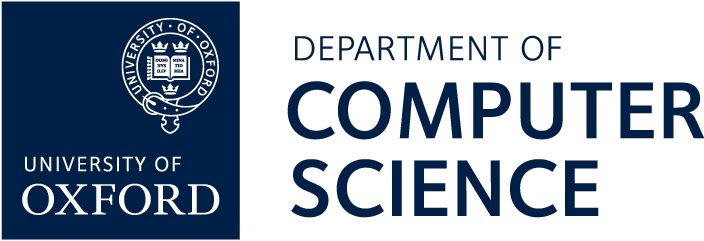Trustworthy Digital Systems
A
new generation of computer security, developed over the past 10 years, offers the opportunity for human users to decide what
systems can communicate with each other with no need for any pre-existing structure of keys or structure linking them. This
is based on the discovery of highly efficient protocols for authenticating systems and exchanging keys based on the comparison
of short strings generated by the two or more parties involved. The researchers have been leaders in the development of
these protocols from the start and have helped them mature to the point where they can and should be widely used in critical
applications such as the military.
Our vision is that individual
authorised users of systems should be permitted, within limits defined by their authorisation, to connect their devices
and share data with other devices in situations where the pre-existing security architecture hasn’t foreseen the particular
instance of need, or where the backbone services which are necessary to achieve secure communications are simply out of range.
Our innovation will enable this by developing a suite of protocols and associated processes for use, which can be used to
bootstrap secure communications without the need for extra services or pre-agreed secrets.
The method will interface with existing systems in a variety of ways:
· The protocols will have software implementations which will need to be loaded onto devices.
· The human user of the method will need to contribute to the successful establishment of secure cryptographic keys to protect communications between devices, via a range of potential interfaces which will be optimised for usability.
· It may be that some protocols exploit peripherals on board some mobile devices, in which case interoperation with such elements will be required.
Further information: http://www.cs.ox.ac.uk/hcbk/spontaneoussecurity.html
info
|
Duration |
1st October 2011, on going |
|
People |
|
|
Activities |
|
|
Themes |






